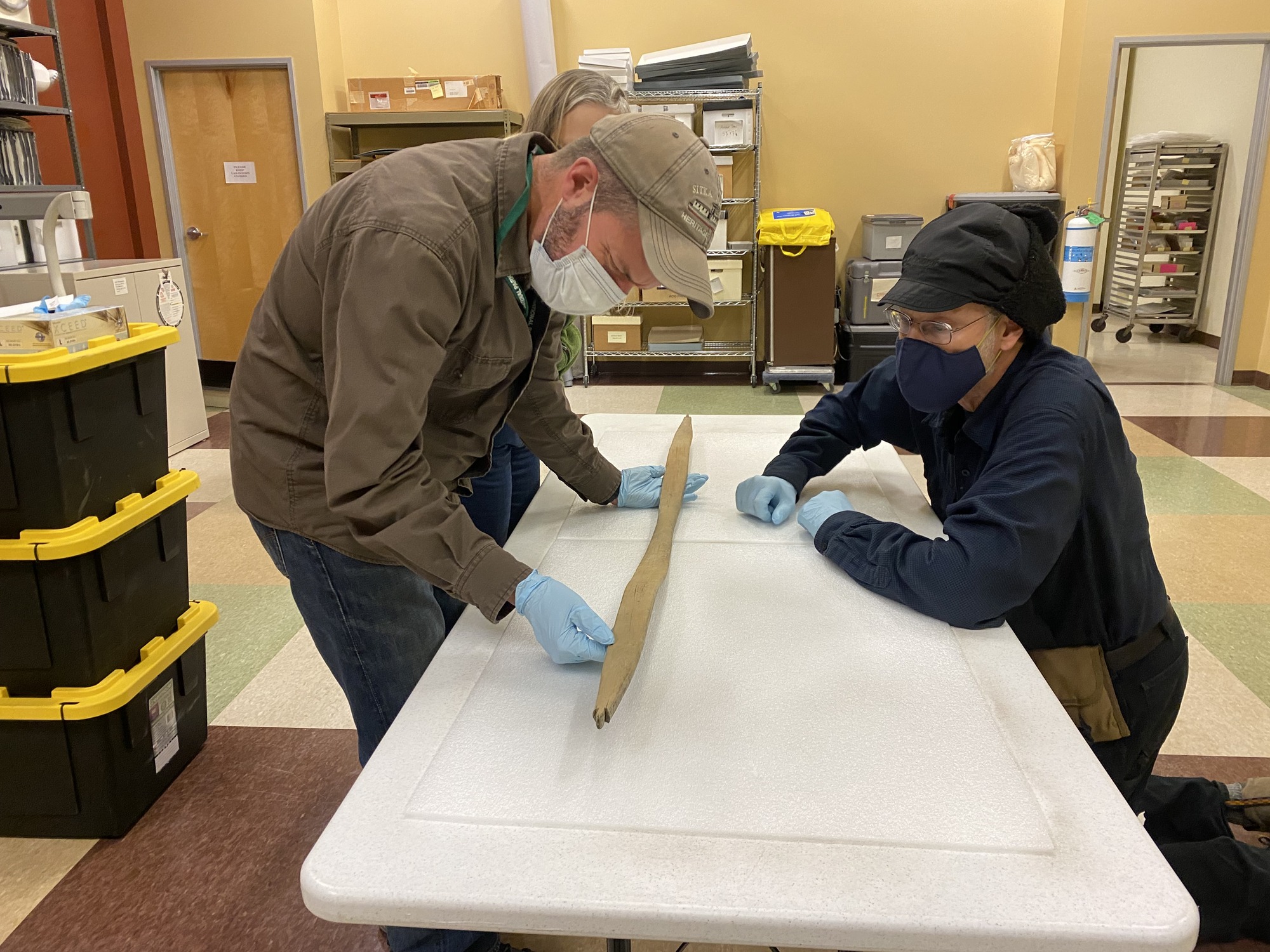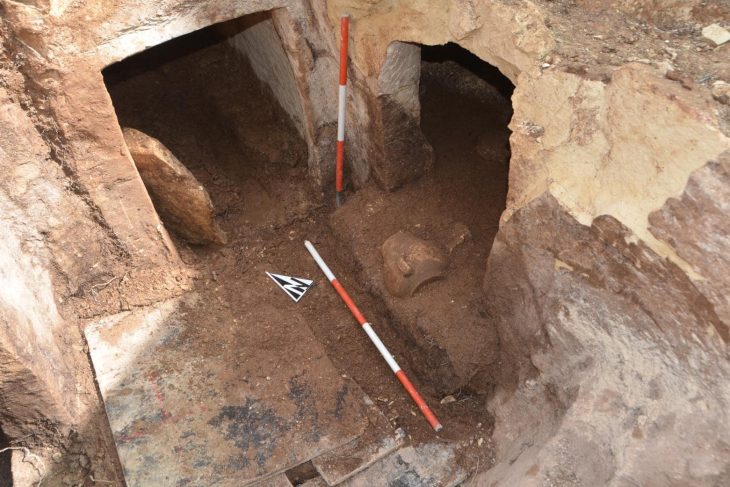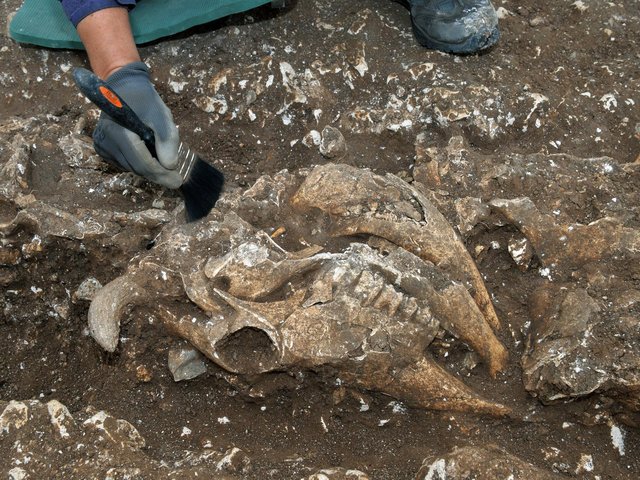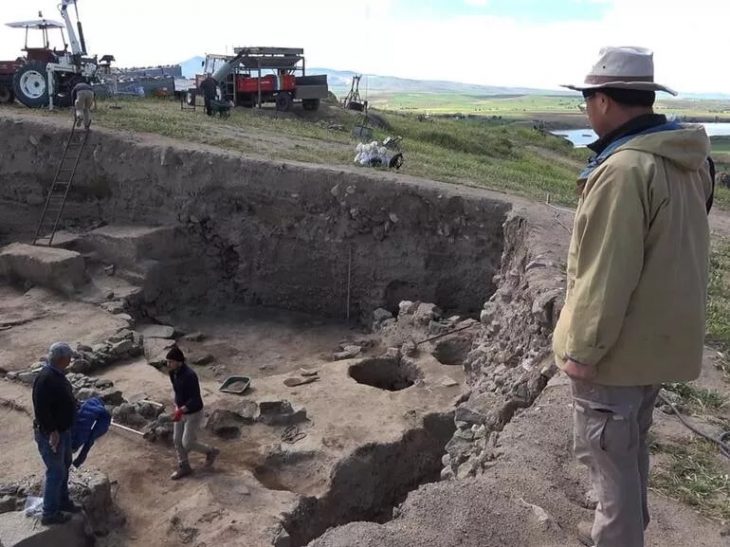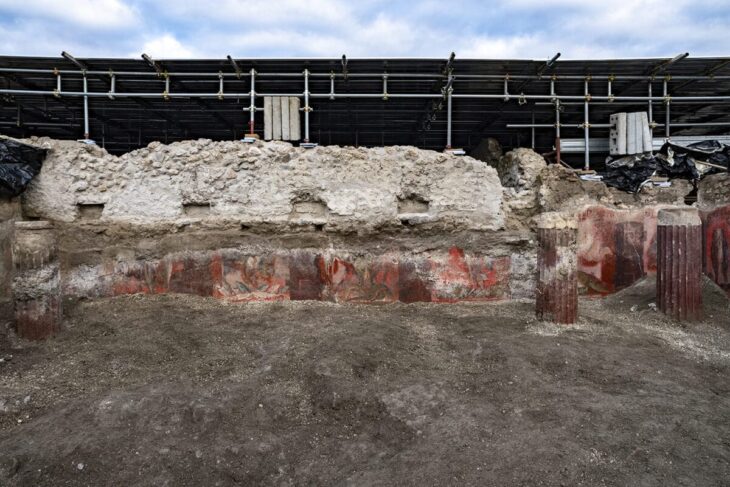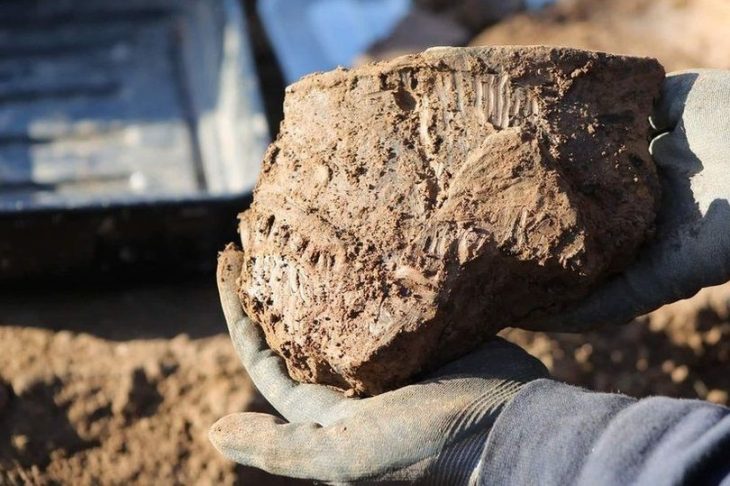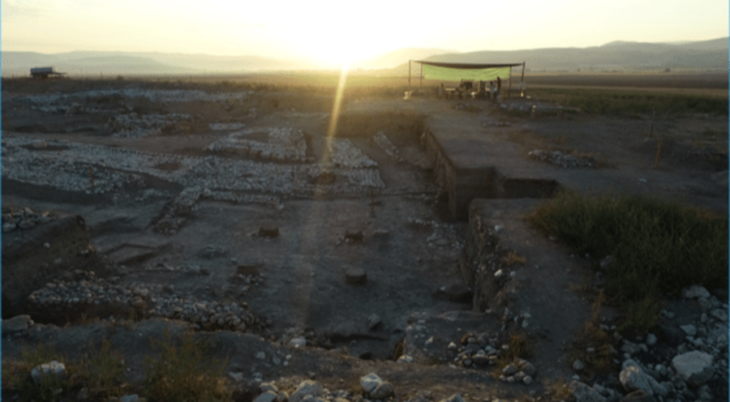In late September 2021, National Park Service employees made an unlikely discovery in Lake Clark National Park and Preserve in southwestern Alaska: a 54-inch wooden hunting bow found under 2 feet of water, but still intact.
Scientists and archeologists are analyzing the hunting bow in an attempt to learn more about its origin and history. Archeologists submitted a small sample of the bow for radiocarbon dating analysis in early March 2022. The results indicate that the bow is approximately 460 years old with a date range between AD 1506 and AD 1660.
Preliminary research suggests the bow is most likely made of spruce and may represent a Yup’ik or Alutiiq style bow, more commonly made in Western Alaska or on the Alaska Peninsula than in the Lake Clark region.
The real mystery of the bow, which is estimated to be 460 years old, is not how old it is, but where it came from.
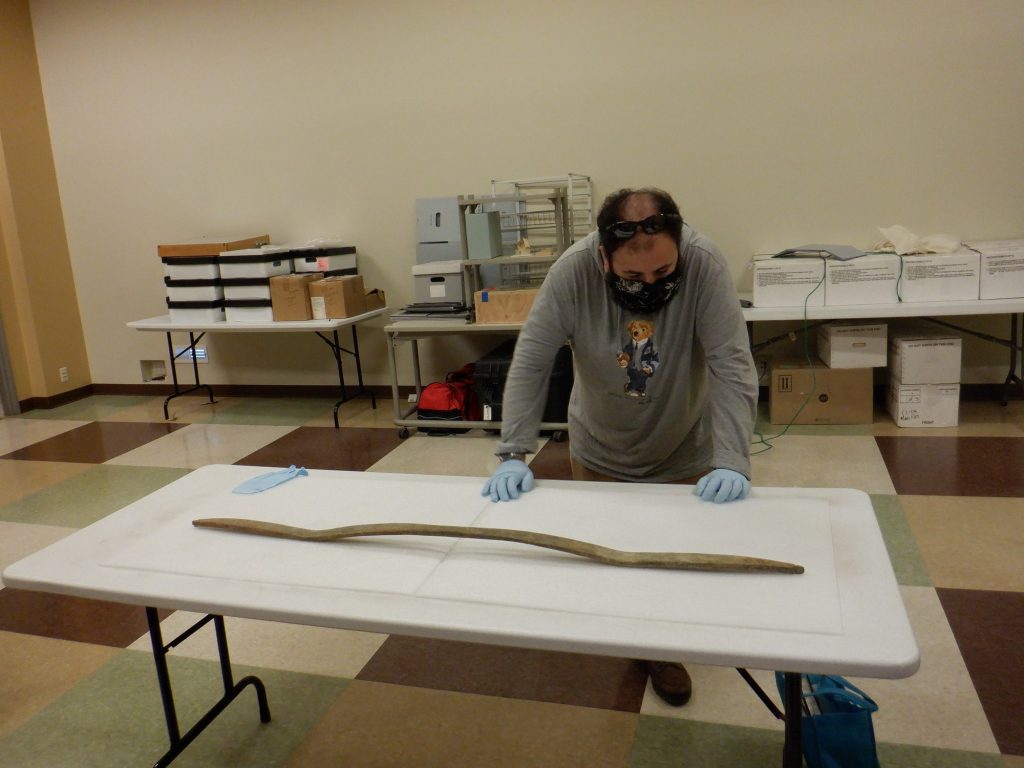
Park officials found the antique weapon on Dena’ina lands, an Athabascan indigenous people whose ancestral lands cover much of South-Central Alaska, including a large portion of Lake Clark National Park and Preserve. However, preliminary research suggests that the handcrafted bow might not be of Dena’ina origin. After consulting with Elders and comparing the bow with similar artifacts from that time period, experts believe the artifact has more in common with a Yup’ik or Alutiq style bow.
The homeland of the Dena’ina, which comprises roughly 41,000 square miles along the coast of the Cook Inlet, is called the Denaʼina Ełnena, and it includes lands where present-day Anchorage is located. Dena’ina lands also cover much of Lake Clark National Park and Preserve, including the lake itself, which is traditionally known as “Qizhjeh Vena”. The Dena’ina culture, which prioritizes a connection to nature and respect for the wilderness, has a rich history in the Athabascan region.
Soon after it was discovered, the bow was transported to the Park Service’s Regional Curatorial Center in Anchorage, where experts have inspected the artifact and analyzed its natural origins. As part of this analysis, the NPS brought in Dr. Priscilla Morris, a wood identification consultant with the U.S. Forest Service.
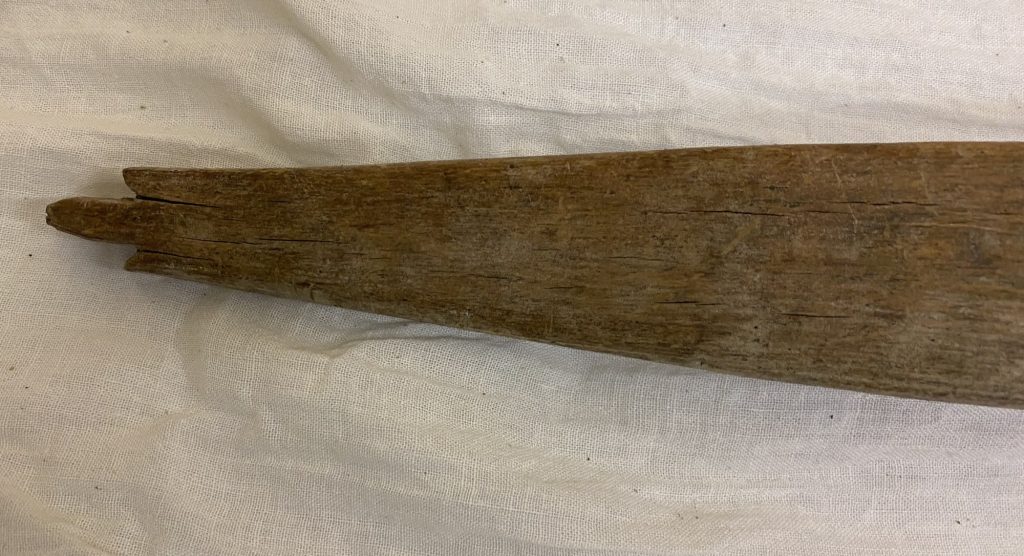
“After inspecting the artifact, I am leaning towards spruce. Using the hand lens there were certain anatomic characteristics that lead me to believe spruce is the most likely species. There is presence of sap along with a multitude of small knots. Birch is also a suspected species, but I did not see any anatomical characteristics that lead me to believe birch over spruce.”
“Identifying a wood species of this age is tough. Many times a concrete identification requires looking at a (cut up) sample of the artifact underneath a microscope. Until that time comes, all we can rely on is what we can see underneath a hand lens.” —Dr. Priscilla Morris
Morris explained that her hypothesis was based solely on what she could see underneath a hand lens, and that a concrete identification would require looking at a cut-up sample underneath a microscope. This is unlikely to happen anytime soon, however, as the NPS wants to preserve the bow and keep it intact for the time being.
These discoveries are rare in Alaska, especially when compared to Europe and other developed parts of the world, said NPS archaeologist Jason Rogers.
Cover Photo: NPS archaeologist Jason Rogers and Alaska State archaeologist Rich VanderHoek carefully inspect the bow. NPS

